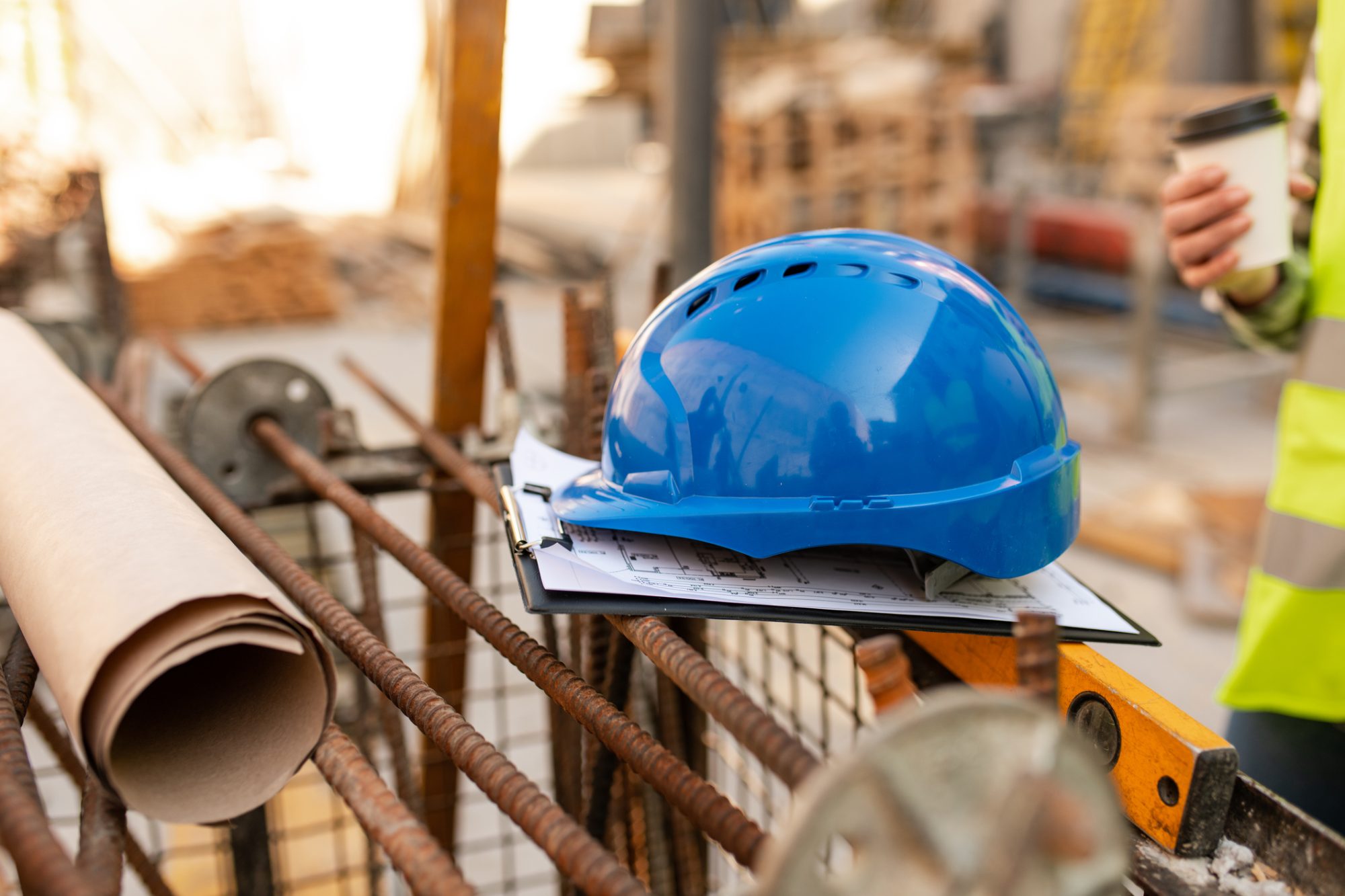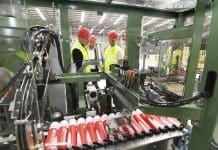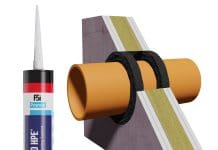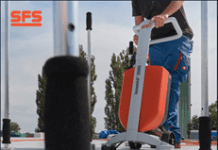Lars Rensing, the CEO of Protokol, a digital passport solutions provider, discusses the revisions to the EU’s Construction Products Regulation and how businesses can prepare for the changes
As the environmental impact of industries globally becomes increasingly scrutinised, the European Parliament’s approval of the newly revised Construction Products Regulation (CPR) is soon to have a major impact on how construction firms operate today, and sustainability will become a core focus for all involved in the supply chain.
While originally, the CPR’s objective was to ‘lay down harmonised rules for the marketing of construction products in the EU,’ the revised regulation reinforces the EU’s sustainability and circularity goals by outlining ‘the inclusion of used construction products to boost reuse and remanufacturing.’
Perhaps this regulatory move is unsurprising when we consider that ‘the building and construction sector is the largest emitter of greenhouse gases– accounting for a staggering 37% of global emissions.’ Moreover, as well as largely supporting businesses’ sustainability efforts, the regulation is set to harmonise processes and enhance a more seamless route for companies looking to sell their construction materials in the market.
Although initially, construction firms are likely to be apprehensive about their route to compliance amid this changing landscape, complying with these impending regulations will enable firms to go beyond simply enhancing their sustainability pledge.
Instead, through the CPR’s mandating of Digital Product Passports (DPPs), construction firms will be provided with greater transparency into supply chain processes and ultimately strengthen their overall efficiency.

Digital Product Passports (DPPs) and their role in supporting the regulation
As noted above, the mandated DPPs are a key tool for compliance with certain aspects of the CPR and will play a pivotal role in supporting the legislation’s sustainability efforts due to their transparent and accessible nature.
In simple terms, DPPs act as a digital record of a product and provide access to a range of data pertaining to a product’s lifecycle – from the manufacturing process to material composition and data referring to a product’s end-of-life disposal.
In terms of the potential for the construction industry, DPPs ‘hold significant potential for improving transparency, efficiency, and sustainability’. Through the data they provide, DPPs will facilitate responsible sourcing practices and discourage the use of conflict materials or environmentally hazardous substances, such as lead, which are frequently found in some construction materials.
In the same vein, due to the CPR’s requirement that ‘every construction product sold within the EU will need to disclose its Global Warming Potential’, DPPs will prove essential in supporting company compliance by providing insight into such data concerning substances that aren’t sustainable or environmentally friendly.
By having accurate access to global warming potential (GWP) data, construction firms can make informed decisions about which materials and products to use in their projects. In time, alongside other benefits, this use of low-GWP products will enable firms to market their projects as environmentally responsible – a factor that is becoming increasingly important to the modern customer.
Regarding other benefits, DPPs provide construction workers with quicker access to safety information and usage instructions. The digital, accessible format offers real-time information that is easy to retrieve, leading to better safety outcomes on construction sites. For example, if new safety concerns arise or regulations change, the DPP can be quickly amended, avoiding delays in disseminating crucial updates.
This faster access to product-specific safety information will prove pivotal for firms in reducing errors relating to material handling alongside reducing the chance of workplace accidents.
Moreover, by offering comprehensive data on a product’s lifecycle, DPPs support the EU’s action plan for a circular economy. For example, they enable the tracking of materials for reuse, recycling, and repurposing – which in time will enable firms to be more efficient in their processes, reserve energy, and reduce waste.
It is worth noting that this will be particularly useful for project managers and sustainability officers focused on optimising resource use and reducing their environmental impact

Where do UK firms fit in with the EU legislation?
Regarding the EU CPR, UK companies operating in the EU market or exporting construction materials to the EU will need to comply, despite no longer being in the EU themselves. This will include obtaining a CE marking that certifies the materials they use align with the EU’s CPR standards. By following these rules, UK construction companies that want to operate or sell in EU member states will be able to do so.
Alongside the UK CPR, which is a legislative move in its own right, UK construction companies must become aware of the EU CPR’s complex requirements which could directly affect them if they satisfy the above criteria.
Company preparation amidst the EU’s circularity goals
Although the EU’s Construction Product Regulation has an extensive transition period, with current legislation set to remain until 2039, those in the construction sector should not consider their compliance as a low-level priority.
If anything, the long road ahead should highlight the intricacies of the legislation and its several requirements. On that note, if businesses want to ensure they thrive amidst the shifting landscape, those who will need to comply should start considering their route now.
As an initial action point, construction firms should familiarise themselves with the CPR legislation, its inclusion of DPPs, and what compliance will look like for them individually. This includes understanding the specific environmental data requirements and how they can be applied to future projects or products.

Similarly, firms can start to adopt standardised digital formats and data management ahead of time to ensure interoperability and support compliance. This will involve integrating DPPs with existing systems, which can later streamline data collection and sharing processes.
Only after this, and once firms are in the process of choosing their DPP provider, could they start with a pilot project to test the DPP system on a specific product line or component. This will allow for real-time adjustments while minimising disruption later down the line.
Additionally, for managers in particular, investing in a comprehensive training program on DPPs could prove beneficial to the wider team and their understanding of what DPPs entail and the positive impact they will have on supporting a company’s circularity goals.
Beyond the legislative move, the EU’s overarching circularity goals for the construction industry aim to create a more sustainable, resource-efficient, and low-waste sector. By promoting reuse, recycling, and sustainable building design, the EU is driving the construction industry toward a greener future.
Digital tools, regulatory frameworks, and new business models will be crucial in facilitating this transition, bringing economic, environmental, and social benefits to the industry and society at large.














